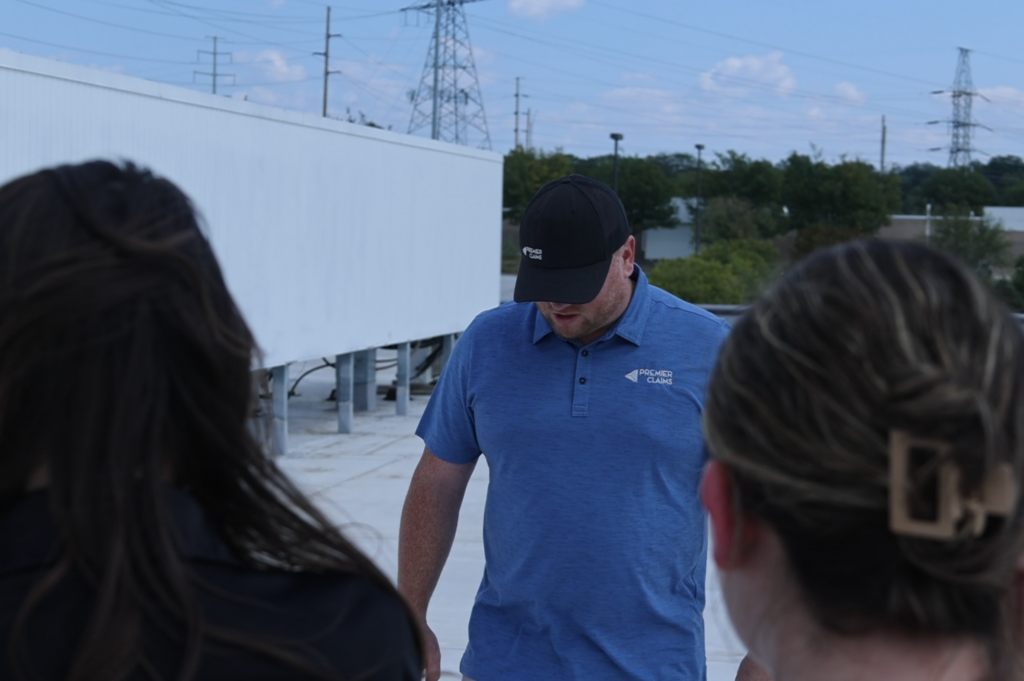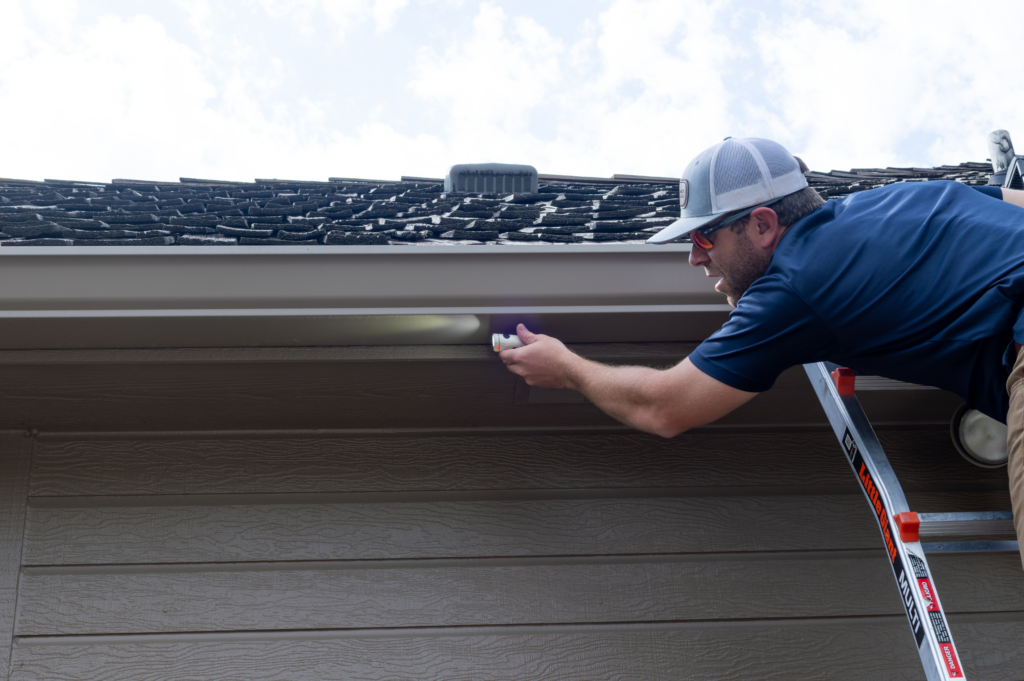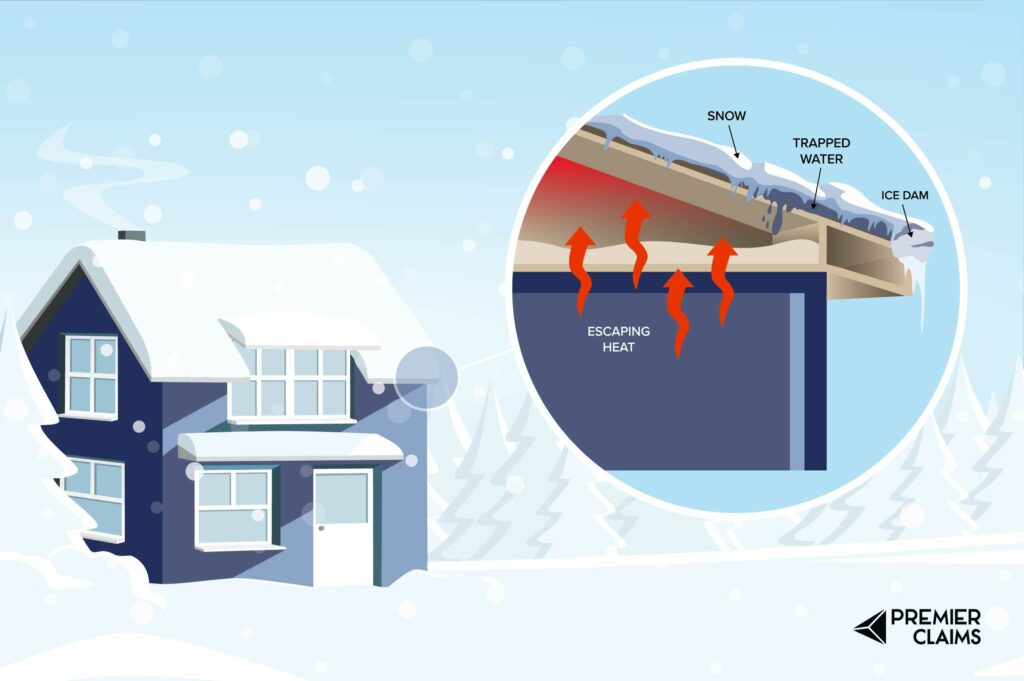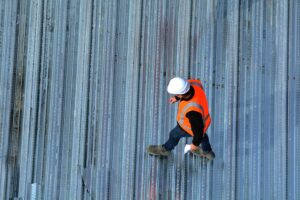Filing a property insurance claim can be a meticulous process, but being armed with the right information is key to a successful outcome. In this comprehensive guide, we’ll explore the essential information you need to file a property insurance claim effectively. Whether it’s understanding the details of the incident or gathering crucial documents, this guide ensures you’re well-prepared, with a focus on optimizing your claims experience.
What You Will Need Before You File a Claim
1. Policy Number
Your policy number is the gateway to your coverage. Ensure you have it readily available when filing a claim. This unique identifier is crucial for your insurer to locate your policy quickly.
2. Detailed Description of the Date of Loss
Provide a thorough and accurate description of the event that caused the damage. Include specific details such as how the incident occurred, the extent of the damage, and any immediate actions taken to mitigate further harm after the date of loss.
Date and Time of the Incident
Pinpointing the exact date and time of the incident is crucial for establishing the timeline of events. This information helps streamline the claims process and ensures accurate assessment.
Location of the damage
Specify the location where the damage occurred. Whether it’s your home, business, or a specific area within the property, clarity in the damage location aids in a swift and accurate assessment.
3. Photos or Videos of the Damage
Visual evidence can be powerful when filing a claim. Capture photos or videos of the damage as soon as possible after the incident. These visuals provide a clear representation of the extent of the damage, supporting your claim. Partnering with a Public Adjuster to conduct a thorough inspection can help to expedite the claims process, allowing for a more accurate representation of your properties damage.
List of Damaged Items
Create a detailed inventory of all items that sustained damage. Include information such as the make, model, and serial numbers. This comprehensive list forms the basis for evaluating the extent of your losses. Maintain receipts or any documentation proving the value of the damaged items. This documentation can be crucial for establishing the monetary value of your losses when aiming to receive a fair compensation.
4. Relevant Police or Incident Reports
If applicable, include any police or incident reports related to the event. These reports provide an official record of the incident, offering valuable documentation for your claim.
Contact Information for Witnesses
Collect contact information for any witnesses to the incident. Witness statements can serve as valuable evidence to support your claim, providing an independent perspective on what transpired.
5. Check with Your Insurance Carrier
Check with your insurance carrier for specific requirements unique to your policy. Policies can vary, and understanding any additional documentation or steps required will hopefully eliminate any added stress throughout your claims journey.
Perfecting the process of filing a property insurance claim is rooted in acquiring precise information. Whether it’s your policy number, detailed descriptions, or compelling visual evidence, each element contributes to the success of your claim. Premier Claims, armed with an array of resources, aims for a seamless claims process. Our dedicated team is here to thoroughly review your insurance policies so that your property is adequately protected in the event of damage. Empower yourself with this comprehensive guide, approaching property insurance claims with confidence.









